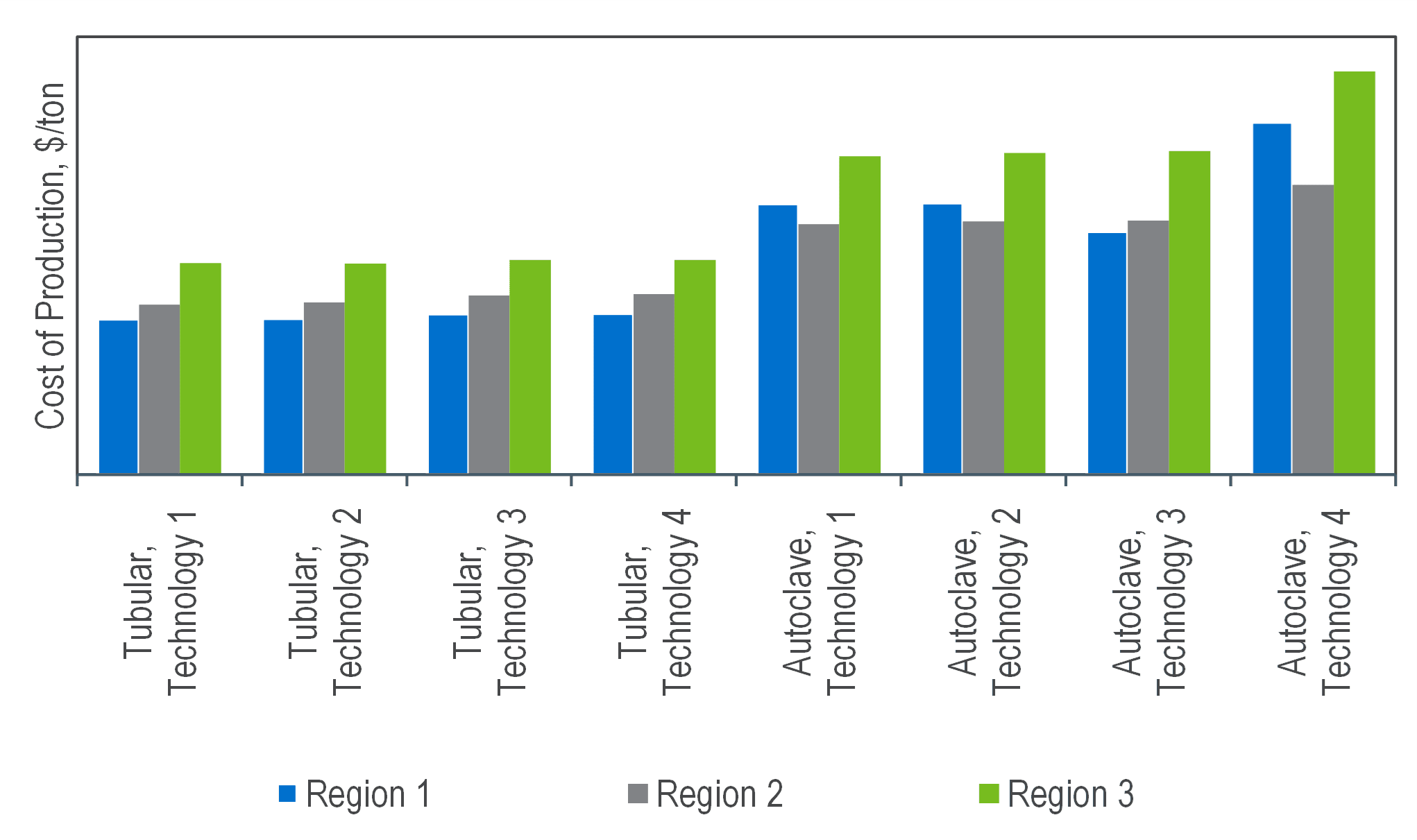New TECH Report - Low Density Polyethylene LDPE (2025 Program)
LDPE is one in a series of reports published as part of NexantECA’s 2024Technoeconomics – Energy & Chemicals (TECH) program.
Overview
Low density polyethylene (LDPE) is one of a number of polyolefins that are commodity plastics, which are used globally in a wide range of market segments including packaging, consumer, agriculture, and general industrial. LDPE is produced from ethylene. The same technology can combine ethylene and vinyl acetate to produce an EVA copolymer.
This TECH report provides an updated overview of the technological, economic, and market aspects for LDPE and EVA, including conventional and second generation resins. The following issues are addressed in this report:
What are the major technologies for LDPE production and how do they differ? Which ones can also produce EVA? Which technologies are available for license?
What comonomers are used and how does it affect the cost of production? How do the process economics compare across processes and different geographic regions?
How does carbon intensity change for the different technologies explored for LDPE production?
What steps are being taken to improve the sustainability of LDPE production?
Commercial Technologies
The major commercial routes for the production of LDPE are Tubular and Autoclave. Many are swing processes that can also produce EVA. The technologies are very mature, with licensors focusing on cost reduction, catalyst development, and product enhancement to differentiate their technologies. Product enhancement efforts focus on improving the limited scale of LDPE production, compared to LLDPE and HDPE.
Technologies developed by ECI Group, ExxonMobil, Lummus/Sumitomo, LyondellBasell, SABIC, Univation and Versalis are described and analyzed, with a focus on recent developments. A list of licensees is included for each technology.
Process Economics
Detailed cost of production estimates for various commercial LDPE technologies are presented for United States, China, and Middle East locations using market-priced ethylene. Estimates are developed for conventional and EVA resins, depending on the technology. In each region, the percentage comonomer and the technology employed affected the relative cost of production.
Regional Cost of Production Comparison for Conventional LDPE Resins

Commercial Overview
Global LDPE and EVA consumption was 26.7 million tons in 2024. Film applications are the largest end-use, followed by extrusion coating, other extrusion, and extrusion. The largest end-use for EVA is in photovoltaic encapsulant. Discussion of new developments with the aim to improve the sustainability profile of LDPE is also included and covers industry efforts related to routes from low carbon intensity crackers to alternative feedstocks. A breakdown of LDPE capacity by producer on a global and regional basis is provided in this TECH report.
Contact a member to our Insights & Analytics team to find out more about this report